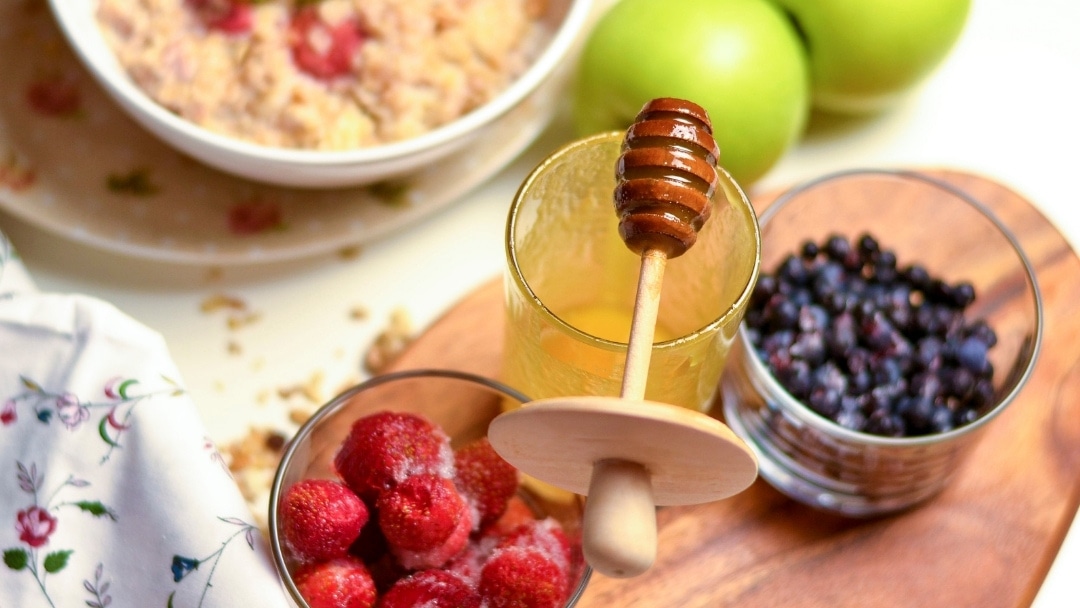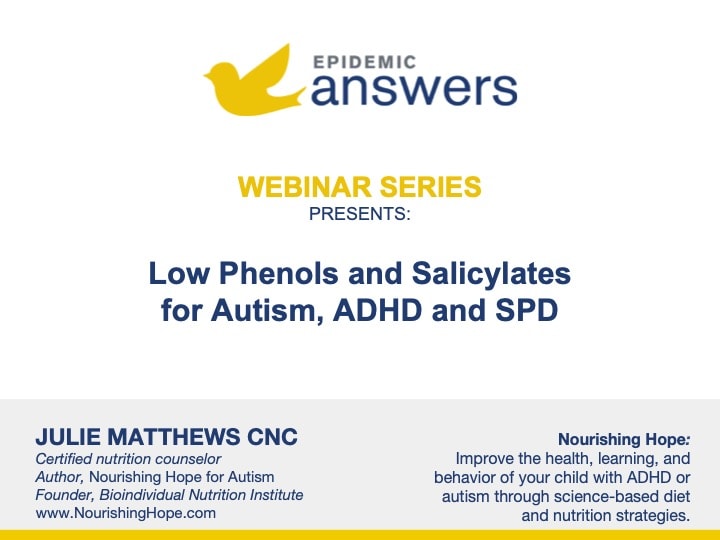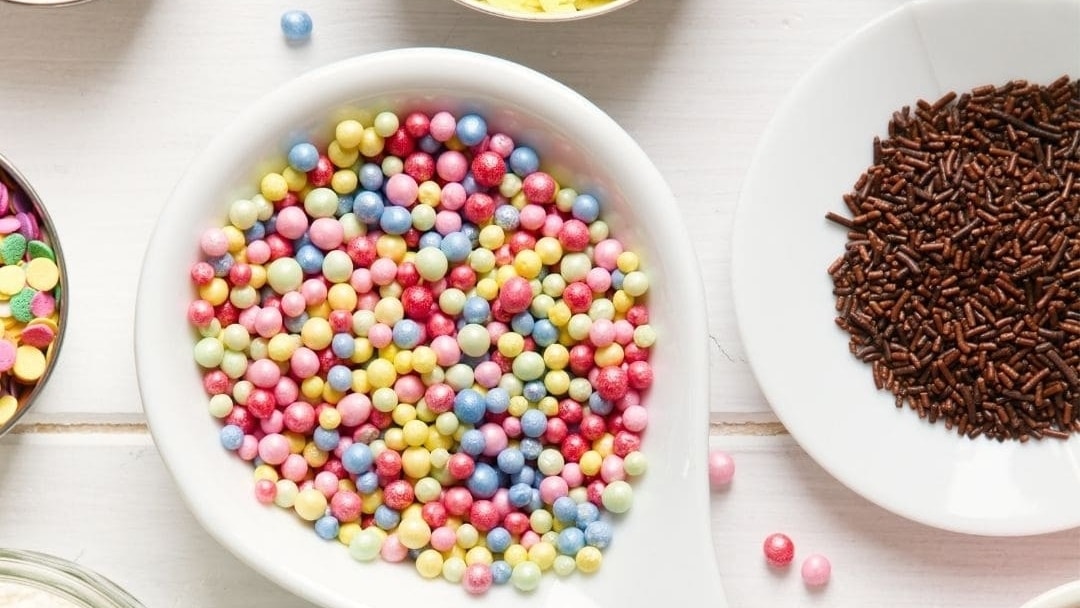Phenols are the chemical compounds that give color to foods such as the red in a raspberry and the blue in a blueberry; phenolic compounds created by plants are called salicylates. Phenols are also found in artificial colors, artificial flavors and preservatives, and these can cause symptoms in some people.
Symptoms of Sensitivity
Sensitivity to phenols and salicylates usually occurs within 20 minutes to two hours of ingestion. Signs of sensitivity to phenols and salicylates can include:
- Red cheeks or ears after eating
- Hyperactivity
- Inappropriate laughter
- Irritability
- Impatience
- Aggression
- Lack of focus
- Headache
- Hives
- Allergies
Please note that these symptoms are not exclusive to sensitivity to phenols and salicylates, as they can also be caused by other foods or conditions.
Mechanism of Action
Phenols and salicylates are sulfur-containing compounds, and sulfur is processed by an enzyme called phenolsulfotransferase (PST). Children who have autism, ADHD, learning disabilities, dyslexia and Sensory Processing Disorder as well as those with immune-system disorders such as allergies and asthma often have difficulty processing sulfur (known as low sulfation).
Ultimately, low sulfation can be caused by any of a variety of factors, some of them genetic, and some of them acquired:
- Leaky gut
- Exposure to chlorine
- High toxic load
- Nutritional deficiencies
In addition, some phenols chemically look very similar to neurotransmitters, such as norepinephrine which is also a phenolic compound, and can act as neurotoxins by binding to neurotransmitter receptors.
Foods to Avoid
Obviously, removal of problematic foods (some are listed below) is one of the first things to do to reduce symptoms. There is no way to eliminate all phenols because they are in every food with color, but reducing their intake can greatly improve these symptoms. The Feingold diet eliminates some salicylates and all artificial phenolic additives, reducing some of the phenols in the diet. Sara’s diet removes all known phenolic compounds.
High Phenol Foods
Phenols are commonly found in:
- Berries of all kinds
- Grapes
- Raisins
- Apples
- Bananas
- Almonds
- Almond milk
- Tomatoes
- Green peppers
- Corn
- Wheat
- Rice
- Legumes
- Spices such as turmeric
- Artificial colors
- Artificial flavors
- Preservatives
High Salicylate Foods
Natural salicylates are found in:
- Almonds
- Apples
- Apricots
- All berries
- Cherries
- Clove
- Coffee
- Cucumbers
- Currants
- Grapes and raisins
- Nectarines
- Orange
- Peaches
- Peppers (bell and chili)
- Pickles made from cucumbers
- Plums
- Prunes
- Raisins
- Tangerines
- Tea
- Tomatoes
What Else Can Be Done
No child wants to think that they will have to avoid problematic foods for the rest of their life. That’s a big burden for a child to carry. By implementing some of the following recommendations, you can lessen the load on your child’s body, allow it to heal and perhaps reduce the need to avoid problematic foods.
Heal the Gut
Removing problematic foods can reduce gastrointestinal inflammation and is thus the first step to reducing symptoms. The next step is to implement a gut-healing diet such as the GAPS (Gut And Psychology Syndrome) diet or Body Ecology Diet. A specialized practitioner such as a naturopath or functional-medicine doctor can help with gastrointestinal tests, probiotics, prebiotics, digestive enzymes and nutritional supplements.
Allergy Elimination Techniques
BioSET and NAET are similar allergy-elimination techniques. They are both non-invasive and use a combination of chiropractic techniques, acupressure and Traditional Chinese Medicine to either permananently eliminate or at least reduce the allergic impact of specific foods and environmental triggers.
Lower the Total Load of Stressors
A body cannot heal if it is in a state of stress. Stress doesn’t always come in the form of emotional stress. It can also be due a child’s total load of stressors such as:
- Biological stressors such as
- A diet full of processed foods
- Lack of good sleep
- Lack of exercise
- Nutritional deficiencies
- Environmental stressors such as environmental toxicity
- Behavioral stressors such as too much screen time
- Educational stressors such as an inappropriate curriculum
- Physical stressors such as:
Lowering these stressors in combination with implementing mind-body-and-spirit therapies as well as physical therapies can all help to lower stress.
About Maria Rickert Hong CHHC
Maria Rickert Hong is a Co-Founder of, and the Education and Media Director for, Epidemic Answers, the 501(c)3 sponsoring non-profit of The Documenting Hope Project.
She is a former sell-side Wall Street equity research analyst who covered the oil services sector at Salomon Smith Barney and Lehman Brothers under Institutional Investor #1 ranked analysts. Later, she covered the gaming, lodging & leisure sector at Jefferies & Co. and Calyon Securities. She quit working on Wall Street when her first son was born.

Prior to working on Wall Street, she was a marketing specialist for Halliburton in New Orleans, where she also received her MBA in Finance & Strategy from Tulane University.
She is the author of the bestselling book Almost Autism: Recovering Children from Sensory Processing Disorder and the co-author of Brain Under Attack: A Resource for Parents and Caregivers of Children with PANS, PANDAS, and Autoimmune Encephalitis. Maria is also a Certified Holistic Health Counselor. Her work can be found on EpidemicAnswers.org, DocumentingHope.com, Healing.DocumentingHope.com, Conference.DocumentingHope.com and MariaRickertHong.com
Still Looking for Answers?
Visit the Epidemic Answers Practitioner Directory to find a practitioner near you.
Join us inside our online membership community for parents, Healing Together, where you’ll find even more healing resources, expert guidance, and a community to support you every step of your child’s healing journey.
Sources & References
Boris, M., et al. Foods and additives are common causes of the attention deficit hyperactive disorder in children. Ann Allergy. 1994 May;72(5):462-8.
Konikowska, K., et al. The influence of components of diet on the symptoms of ADHD in children. Rocz Panstw Zakl Hig. 2012;63(2):127-34.
McCann, D., et al. Food additives and hyperactive behaviour in 3-year-old and 8/9-year-old children in the community: a randomised, double-blinded, placebo-controlled trial. Lancet. 2007 Nov 3;370(9598):1560-7.
Millichap, J.G., et al. The diet factor in attention-deficit/hyperactivity disorder. Pediatrics. 2012 Feb;129(2):330-7.
Silfverdal, S.A., et al. [Food additives can increase hyperactivity in children. Results from a British study confirm the connection]. Lakartidningen. 2008 Feb 6-12;105(6):354-5.
Stare, F.J., et al. Diet and hyperactivity: is there a relationship. Pediatrics. 1980 Oct;66(4):521-5.
Stevens, L.J., et al. Dietary sensitivities and ADHD symptoms: thirty-five years of research. Clin Pediatr (Phila). 2011 Apr;50(4):279-93.
Stevenson, J. The role of histamine degradation gene polymorphisms in moderating the effects of food additives on children’s ADHD symptoms. Am J Psychiatry. 2010 Sep;167(9):1108-15.
Resources
Books
Davis, Sheri. All Natural Mom’s Guide to the Feingold Diet: A Natural Approach to ADHD and Other Related Disorders. Sheri Davis, 2014.
Feingold, Ben. The Feingold Cookbook for Hyperactive Children, and Others Associated with Food Additives and Salicylates. Random House, 1979.
Feingold, Ben. Why Your Child Is Hyperactive: The Bestselling Book on How ADHD Is Caused by Artificial Food Flavors and Colors. Random House, 1985.
Hersey, Jane. Why Can’t My Child Behave?: Why Can’t She Cope? Why Can’t He Learn? The Feingold Diet Updated for Today’s Busy Families. Pear Tree Press, 2014.
Matthews, Julie. Nourishing Hope for Autism: Nutrition and Diet Guide for Healing Our Children. Healthful Living Media, 2008.
Websites
CBS News: ADHD Diet Study Suggests Healthy Eating May Help Kids
Chicago Tribune: Do Diet Changes Help ADHD Children?
The Feingold Diet: Our Family’s Experience with a Dye-Free Diet
Julie Matthew’s BioIndividual Nutrition recipes
Julie Matthew’s BioIndividual Nutrition Feingold Diet / Failsafe Diet




